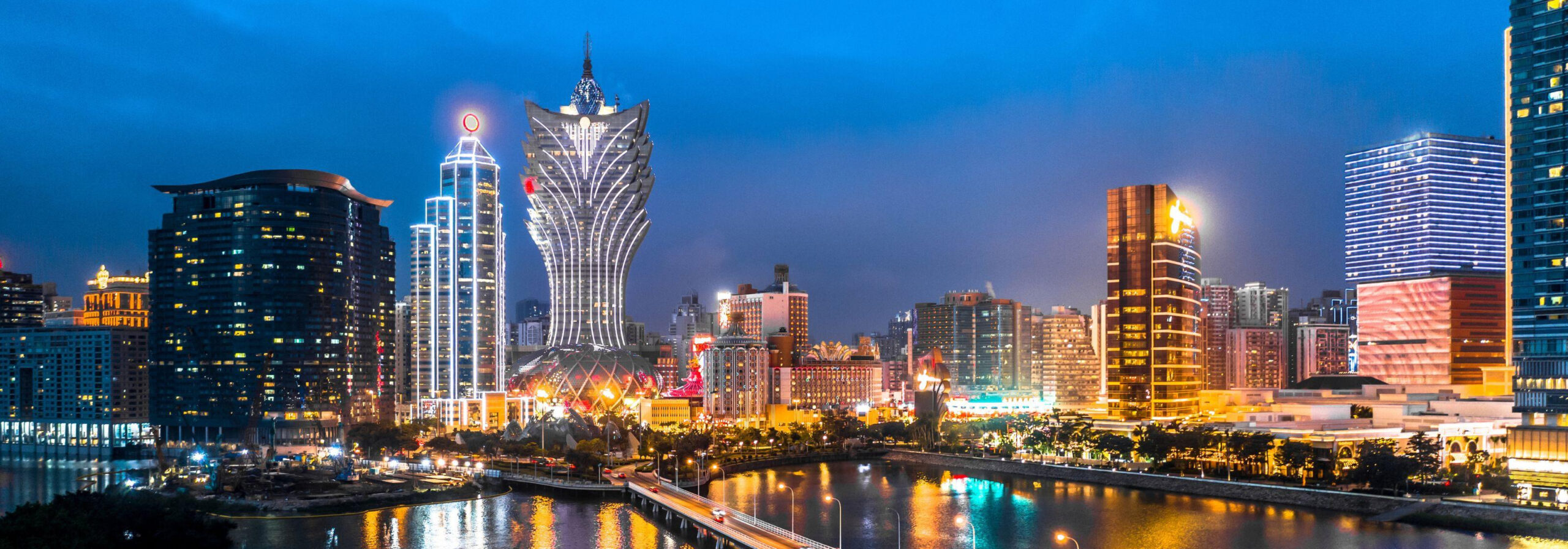Dapeng Fortress is located in the middle of Dapeng Peninsula in east Shenzhen. First built in 1394, it holds such importance that Shenzhen is now also known as “Pengcheng”. Standing six meters tall and extending 1,200 meters, the Fortress covers an area of about 100,000 square meters.
Photos, illustrations and ancient books on display at the Dapeng Fortress Museum guide visitors through the history of Dapeng Fortress. Although the exhibits at the small museum are quite old with some having been lost through decay, there is still a lot to learn about the city’s past.
To resist Japanese pirates in the southern coastal areas of Guangdong, the Ming Dynasty built a military base in Dapeng to safeguard an area that now covers Hong Kong and the east of Shenzhen.
On September 4, 1839, five British naval vessels launched a surprise attack on the maritime forces of Dapeng Fortress in the waters off Kowloon. Chinese troops in fishing boats, led by General Lai Enjue, defeated the better equipped enemy. Not long after the battle, Lai was promoted to commander of the Guangdong navy. In 1844, the emperor allocated a large sum to build a 2,500-square-meter mansion and inscribed “Zhenwei General Mansion” on the board above the gate. The stately Lai Mansions then became one of the biggest attractions in the fortress.
Dapeng fortress has survived natural and civilian disasters over more than six centuries. Three gates of the fortress, General Lai and his clan’s mansions, General Liu Qilong’s mansions, Tianhou Palace, Houwang Temple and Zhaogong Temple are all still in good condition.
Lining both sides of the narrow stone streets are residential buildings that feature black tiles and exquisite carvings on the window panels and eaves, completing the unique rural scenery. For people tired of the bustling metropolis, the place is a mecca for relaxation.
However, years of being exposed to the elements and migrant workers flocking to the area for cheap accommodation put the buildings and environs at risk of being damaged. Fortunately, the Shenzhen municipal government recognized the problem and took measures to protect the fortress. In 1996, the Dapeng Fortress Museum was set up to manage and research historical relics, as well as to boost tourism.
Later in 2001, the site was taken under state protection and it now attracts international attention. It is open to the public as a tourist destination. Tickets are 20 yuan ($2.93) for adults, 10 yuan for students and children above 1.1 meters, and free for children under 1.1 meters.













